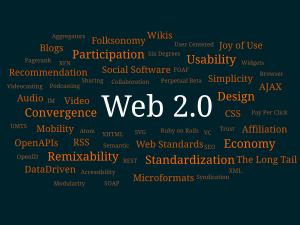The Cloud Security Alliance (CSA) was formed to promote the use of best practices for providing security assurance within Cloud Computing, and provide education on the uses of Cloud Computing to help secure all other forms of computing. …
http://diversity.net.nz - All Rights Reserved








